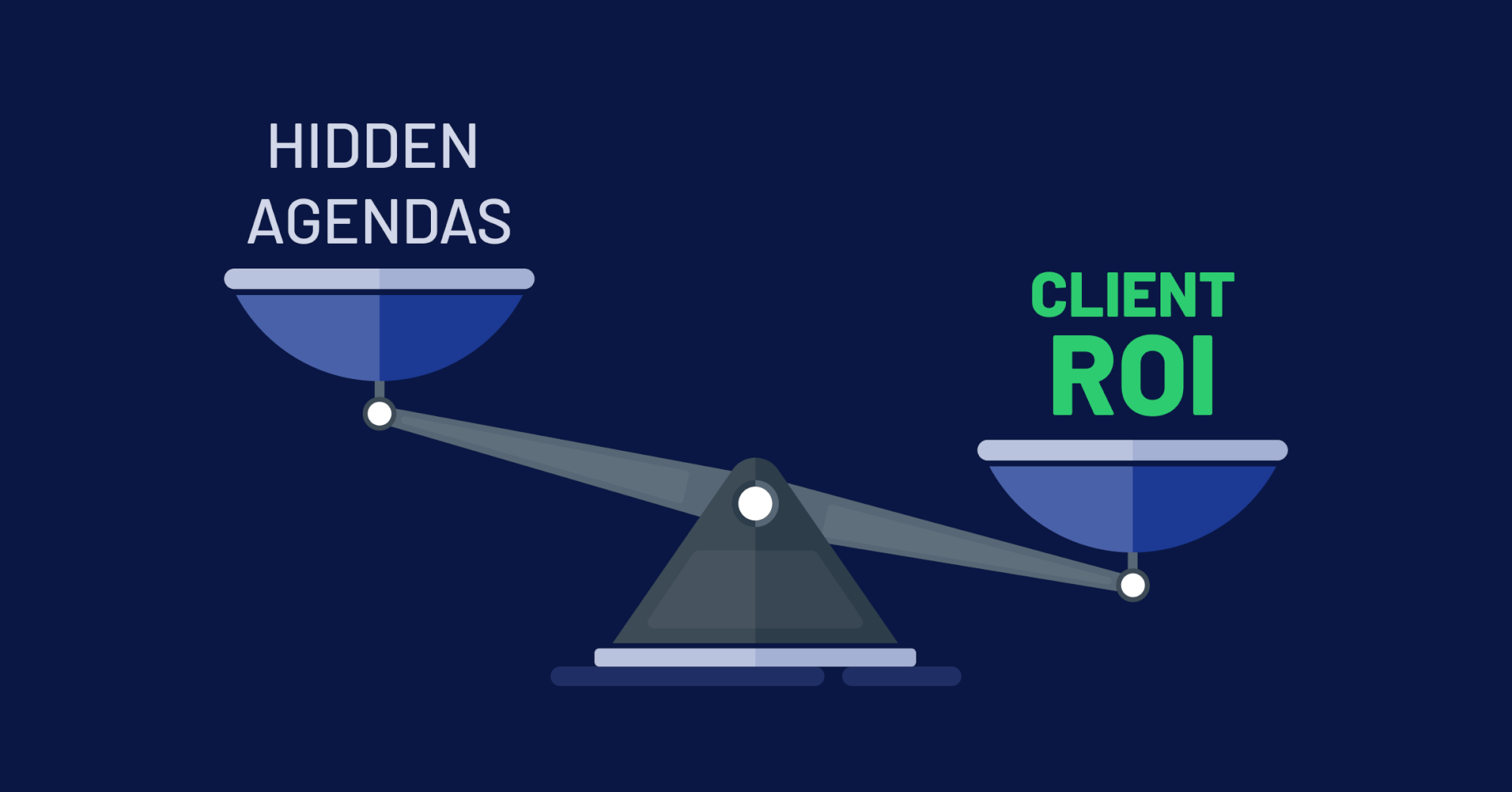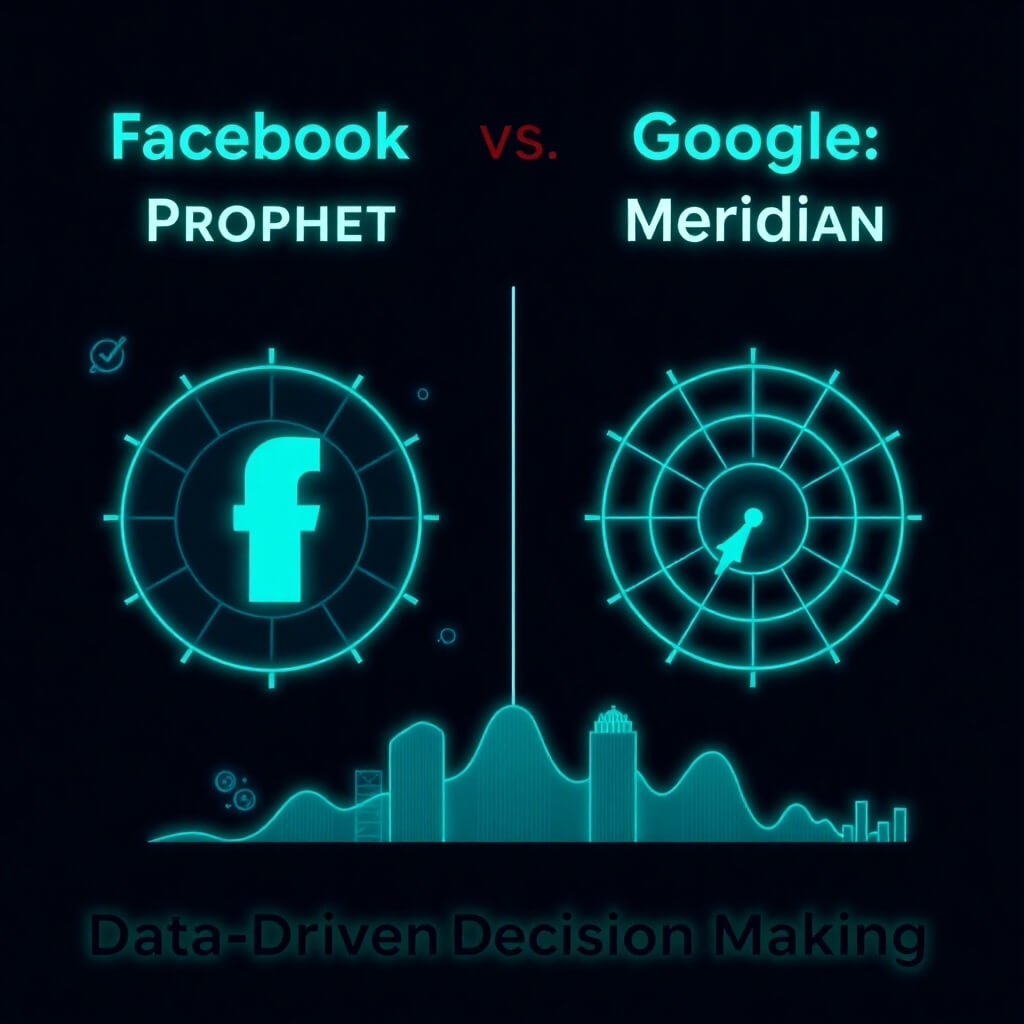OK, so 2009 was the year of social media and there’s no reason to suspect that interest in social networks will slow down anytime soon. But what will be the next big thing that changes the way we, as consumers, consume media and how will marketers leverage that consumption? My prediction: the convergence of Web-based content, targeting, and functionality with cable television.
Call it enhanced TV or interactive TV. Either way, cable, satellite, and fiber-based broadband penetration combined with targeting, interactivity, DVRs, and the cable company’s and TiVo’s knowledge of our e-mail addresses, physical addresses, phone numbers, and even our credit card numbers will launch a new era in advertising and marketing. Old-school video creative, television networks, DRTV, and new-economy interactivity will come together.
While this has been talked about for a long time — kind of like the days when we would hear about the “information highway” — the promise of this technology is now here. Comcast’s planned acquisition of NBC Universal validates the value and potential of interactive television. The folks driving that deal understand where interactive television is headed and I’m sure they have an arsenal of advertising goodies that will rival, and even surpass, the targeting, interactivity, and tracking of anything the Web can deliver. Interactive television will save the medium we know as television and replenish budgets that pay for the star power, creativity, and shows we’ve all grown to love and expect from the networks. I’m looking forward to seeing some amazing things.
If you’re not 100 percent up on this stuff, let’s first look at some of the interactive functionality offered by video, TiVo, satellite TV, and cable boxes. These features just scratch the surface of where things will go. In my next column, I’ll look at real-life examples of interactive television ads and offer some predictions on where interactive television advertising is headed.
Step 1: Understand the Term “Addressability”
Wikipedia defines it as: “Addressability is the ability of a digital device to individually respond to a message sent to many similar devices. Examples include pagers, mobile phones, and set-top boxes for pay TV.”
So, how does addressability affect interactive TV? We can take the targeting and tracking we do online (the thing that marketers love) and combine it with a cable company’s customer records and data about customer’s viewing habits. Television ads will be able to be targeted and tracked with unrivaled accuracy. Here’s the reality: cookies can be erased but a consumer’s ID can’t be erased from a set-top box. As Variety points out, some advertising executives consider addressable TV marketing a “holy grail.”
Step 2: Understand the Remote
In the column, “Remote Control as Mouse: TV and Web Integration,” I discussed how today’s TV remote is becoming the mouse of the future. You can move a curser up and down and side to side, click “ok” or “select,” access menus, guides, widgets, and enter numbers and/or characters like a cell phone keypad. Just look at the image of the Comcast remote below.
Kind of like a game mouse, joystick, and game controller all in one, right? Imagine the day when you are watching an Applebee’s commercial and it will say, “To get an e-mail Buy-One-Meal-Get-One-Free coupon for your next visit to Applebee’s, just hit OK now on your remote.” Then, armed with your e-mail address, Comcast or Verizon will fulfill your request instantaneously. Or, to take it a step further, how about, “Order your Snuggie now by hitting OK on your remote and entering your PIN number.” The cable company would then transmit your order to the vendor, process your payment, and even take a cut. Now one more thing, imagine crossing the remote with a Nintendo Wii joystick.
Step 3: Understand the Guide
When it comes to TV/Internet integration, the feature we use the most is the “guide.” (See the red “guide” button on the left-hand side of the remote in the photo, above, and the screen capture of the FiOS guide, below.) The guide content, typically delivered via the Internet, is essentially a Web site accessed through a TiVo or cable box combined with functionality that enables a consumer to jump to channels, set shows to be recorded, and order on-demand content that may end up on the cable bill. Now, while millions of people use this functionality everyday, most people don’t really understand the power of all these technologies combined at their fingertips. This guide is the Google of your televised world! How many hits a day does your guide get?
The guide can essentially be a portal into a whole universe of Web-based content, applications, and commerce. If you can do it online, you can do it via the guide. Now that we have the PC screen and the mobile screen, get ready to create Web pages and interfaces for the living room screen. Note: while there are no ads in the guide now, I have a feeling that will soon change.
Step 4: Understand TV Widgets
These are applications that draw content and functionality from the Internet right into your television, where consumers can access via a remote control mouse. A consumer can get the weather, sports scores, and even Facebook and Twitter. (See a screen capture of the Verizon FiOS Widget Bazaar and a video tour, below.) Just think of it as iPhone apps for your TV. Now, imagine brands advertising their widgets on television and letting people acquire them by hitting “select” on their remote control. Something like, “To get Domino’s Pizza widget now, hit OK on your remote.”
See a Verizon Widget Video Tour here on YouTube by one of Verizon’s product managers.
In my next column, we’ll look at real-life examples of interactive television ads and I’ll offer predictions on where things will go.





